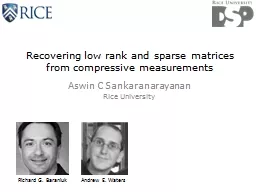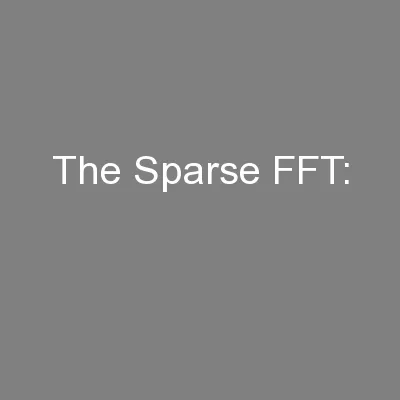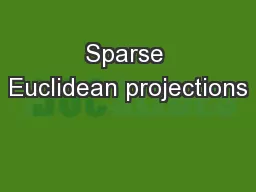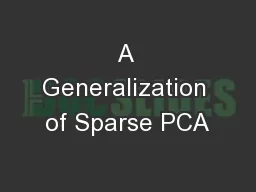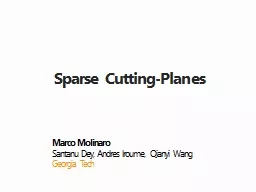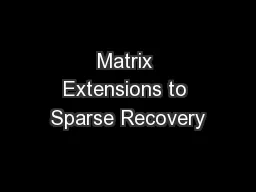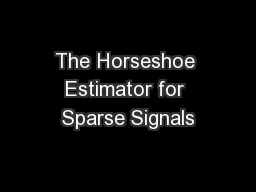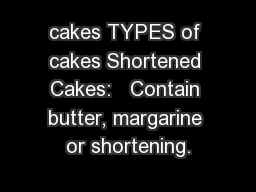PPT-Design of Sparse Filters for Channel Shortening
Author : lois-ondreau | Published Date : 2016-07-12
Aditya Chopra and Prof Brian L Evans Department of Electrical and Computer Engineering The University of Texas at Austin 1 Introduction Finite Impulse Response FIR
Presentation Embed Code
Download Presentation
Download Presentation The PPT/PDF document "Design of Sparse Filters for Channel Sho..." is the property of its rightful owner. Permission is granted to download and print the materials on this website for personal, non-commercial use only, and to display it on your personal computer provided you do not modify the materials and that you retain all copyright notices contained in the materials. By downloading content from our website, you accept the terms of this agreement.
Design of Sparse Filters for Channel Shortening: Transcript
Download Rules Of Document
"Design of Sparse Filters for Channel Shortening"The content belongs to its owner. You may download and print it for personal use, without modification, and keep all copyright notices. By downloading, you agree to these terms.
Related Documents


